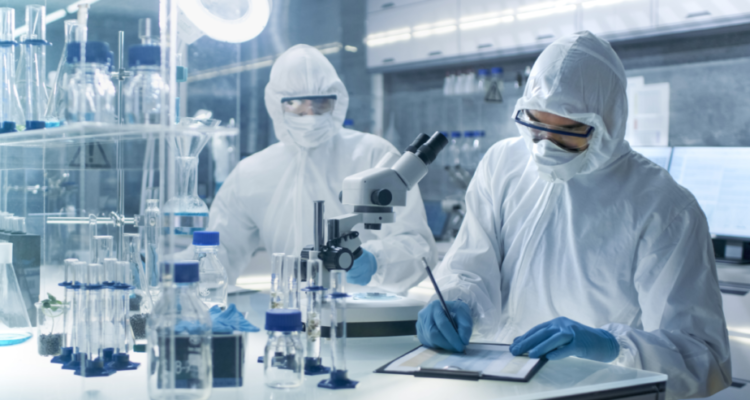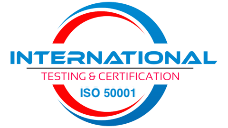Our Locations
41 Devonshire Street, Ground Floor, London, United Kingdom,
41 Devonshire Street, Ground Floor, London, United Kingdom,

Protective clothing – Performance requirements and tests methods for protective clothing against infective agents
According to the EU directive 2000/54EC relating to Biological Substances, employers are obliged to make suitable protective clothing available to their employees. According to EN 14126, in order to protect against bacteria, viruses and other micro-organisms, specific requirements are defined for the clothing materials used to protect against infectious agents. These materials must protect the skin, and therefore the wearer, against possible contact with biological substances and prevent the spread of germs. Suits with sealed seams are recommended, since viruses, bacteria and spores are small enough to penetrate through the openings of sewn seams.
General
If the care instructions indicate that the clothing can be cleaned and reprocessed at least five times, protective clothing materials shall be submitted to five cleaning and reprocessing cycles according to the manufacturer’s care instructions before testing.
If the care instructions specify a lower number of cleaning/reprocessing cycles, then materials shall be submitted to the number of cleaning/reprocessing cycles indicated. Unless otherwise stated in the relevant test procedure, the specimens shall be conditioned for at least 24 h in an atmosphere of (20 ± 2) °C and (65 ± 5) % relative humidity before testing. Tests shall be carried out in the
same atmosphere or within 5 min of removing the sample from the conditioning atmosphere.
Mechanical and flammability requirements
The materials shall be tested and classified in accordance with the test methods and performance classification system specified in the relevant clauses of prEN 14325.
Chemical requirements
If protection against chemicals is claimed, the materials shall be tested and classified in accordance with the test methods and performance classification system specified in the relevant clauses of prEN 14325.
Resistance to penetration by contaminated liquids under hydrostatic pressure
When tested in accordance with ISO/FDIS 16603 and ISO/FDIS 16604 the material shall be classified according to the levels of performance given in Table 1 in standard EN 14126, as obtained in the bacteriophage test (ISO/FDIS 16604).
Resistance to penetration by infective agents due to mechanical contact with substances containing contaminated liquids
When tested in accordance with Annex A the material shall be classified according to the levels of performance given in Table 2 in standard EN 14126.
Resistance to penetration by contaminated liquid aerosols
When tested in accordance with ISOIDIS 22611 the material shall be classified according to the levels of performance given in Table 3 in standard EN 14126.
Resistance to penetration by contaminated solid particles
When tested in accordance with ISOIDIS 22612 the material shall be classified according to the levels of performance given in Table 4 in standard EN 14126.
Performance requirements for seams, joins and assemblages
Seams, joins and assemblages of protective clothing against infective agents shall fulfill the requirements specified in the relevant clauses of prEN 14325 Seam strength shall be classified according to 5.5 of prEN 14325:2001.
Whole suit requirements
Protective clothing against infective agents shall fulfil the relevant requirements of EN 340 and the whole suit requirements specified in the relevant standard for chemical protective clothing (see Table 5 in standard EN 14126). The materials and design used shall not cause skin irritation nor have any adverse effect to health.

Protective clothing against biological risk
EN 14126:2004 “Protective clothing – Performance requirements and tests methods for protective clothing against infective agents” If protection against chemicals is also claimed, the materials shall be tested and classified in accordance with the test methods and performance classification system specified in the relevant clauses of EN 14325:2005. Protective clothing against infective agents shall fulfill the whole suit requirements specified in the relevant standards for chemical protective clothing.










